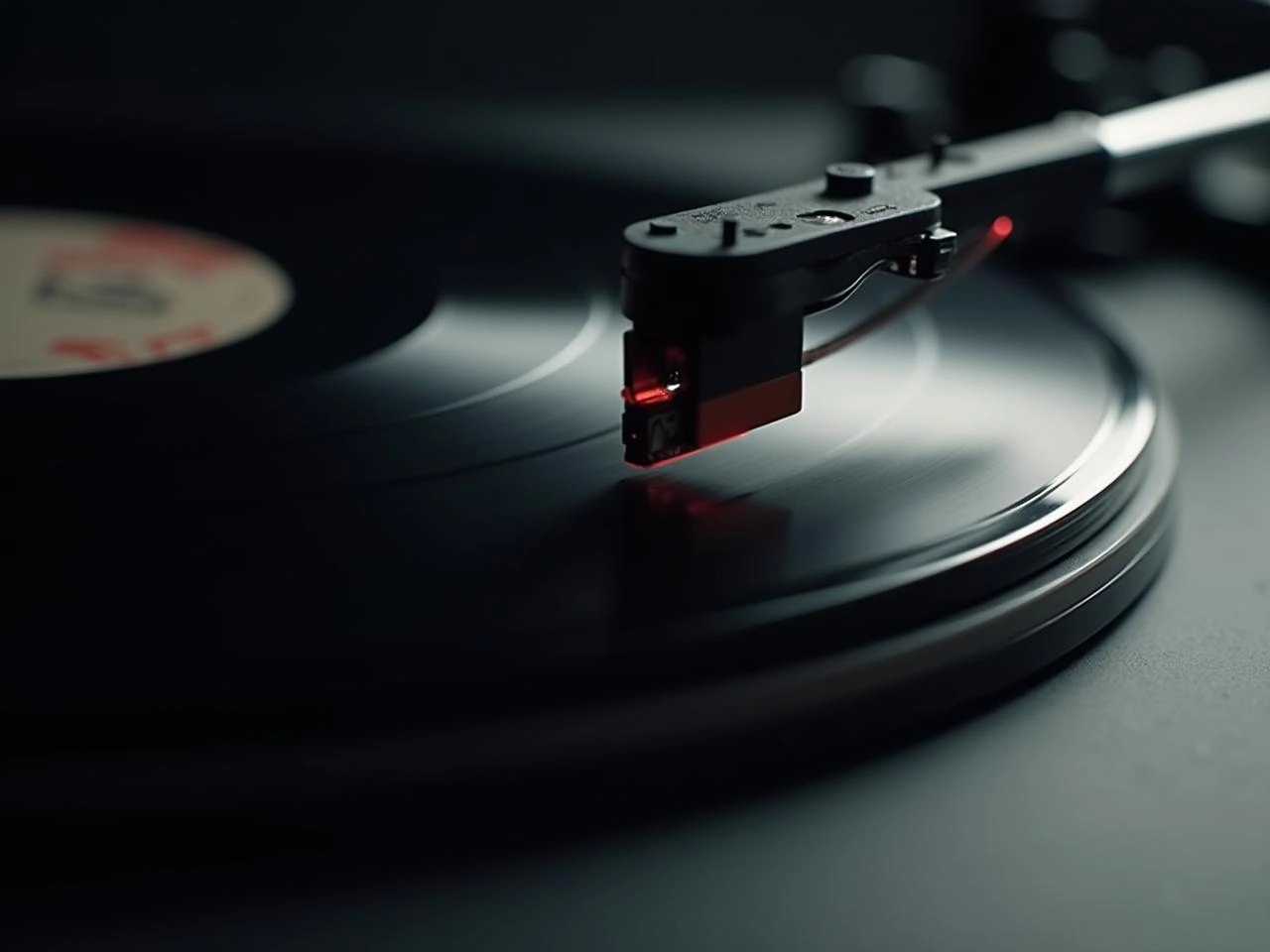While often marketed solely for acoustic improvement, a high-quality turntable isolation mat offers a crucial, long-term benefit: protecting your vinyl collection from premature wear and tear. This protection is achieved indirectly by ensuring the cartridge and stylus operate under optimal, stable conditions. The mat’s primary function—eliminating resonance—is paramount to achieving consistent tracking.
The Connection Between Vibration and Vinyl Damage
A stylus is designed to track micro-grooves with extreme precision. When the turntable plinth or platter vibrates due to external or internal forces, this stability is compromised. These erratic movements, even microscopic ones, force the stylus to jump or track improperly within the groove.
How Uncontrolled Vibration Harms Records
- Mistracking: Vibration causes the stylus to lose firm contact with the groove walls, leading to intermittent, high-impact contact that accelerates groove erosion.
- Increased Friction: A wobbling or resonant platter creates uneven friction against the record, generating excess heat that can subtly degrade the vinyl polymer over time.
- Amplified Noise: The stylus is sensitive to the entire system’s resonance, resulting in amplified noise—often perceived as rumble or muddiness—which masks detail and encourages listener fatigue.
The Isolation Mat Solution
Isolation mats made with microcell resonance absorption technology create a non-resonant boundary between the turntable and its environment. By dramatically reducing low-frequency rumble (up to 10 dB) and mid-to-high frequency ringing (up to 20 dB), the mat ensures the only movement the stylus encounters is the modulation of the record groove itself.
Stabilizing the Stylus and Cartridge
- Improved Tracking: A stable base allows the stylus to maintain consistent vertical tracking force (VTF) and horizontal alignment, drastically reducing mistracking events.
- Reduced Stress: When the stylus tracks smoothly, the physical stress placed on both the stylus cantilever and the vinyl groove is minimized, extending the life of both components.
- Optimized Performance: The resulting cleaner signal allows for lower listening volumes to achieve the desired clarity, further reducing the overall mechanical stress on the vinyl.
Choosing the Right Mat Thickness
The effective dampening required depends on the turntable’s design, but generally, thinner, highly engineered microcell mats are more effective at energy dissipation than thick, dense mats which can sometimes store energy. Consult manufacturer specifications to ensure proper vertical tracking angle (VTA) alignment after adding or changing your mat.
Q&A: Vinyl Longevity
Q: Do platter mats also help with vinyl wear? A: Yes. Platter mats sit directly on the platter and decouple the record itself, reducing ringing and static that can attract dust, contributing to overall better tracking and less wear.
Q: Is the material of the mat important for reducing wear? A: Absolutely. Materials specifically engineered for resonance absorption (like microcell foams) are superior to simple materials that merely decouple or store vibration, which can be counterproductive.
Q: Besides a mat, what is the best way to prevent vinyl wear? A: Proper stylus alignment (VTF, VTA, azimuth), a clean stylus, and meticulous record cleaning before every play are the three other pillars of minimizing record wear.
